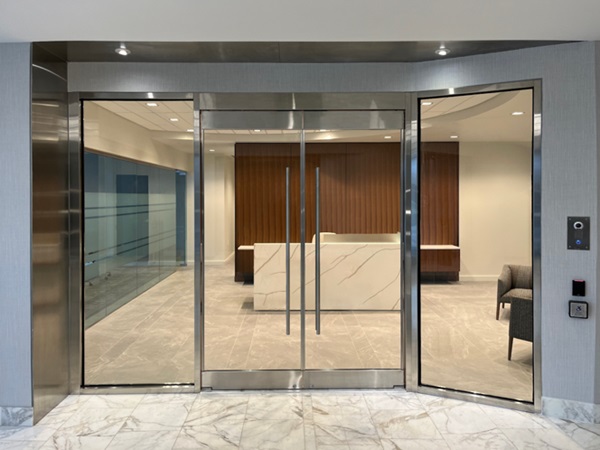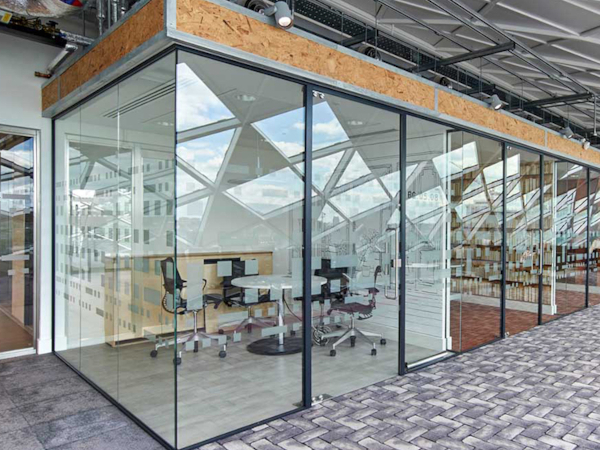Date: 14 March 2005
The resin, which absorbs infrared rays, is coated onto the surface of the glass in the form of a film that is just 1 micron thick so that visibility is not impaired. It is strong enough to withstand friction with the auto body when the window is rolled up and rolled down.
Even with the resin, the glass clears visible light transmittivity standards set by the government for front door glass. As a result, the new glass can be used in front doors, which has not been possible with conventional film-type glass.
The firm has a mass production structure in place and has started shipping samples to domestic automakers. It hopes to get the glass adopted for use in new vehicles to be released this fall. Production costs will be several per cent above those for regular film-type glass, but Nippon Sheet Glass expects mass production to help mitigate this.
Infrared-ray-blocking glass will make vehicles more comfortable in the summer and also ease the burden on air conditioners.







Add new comment